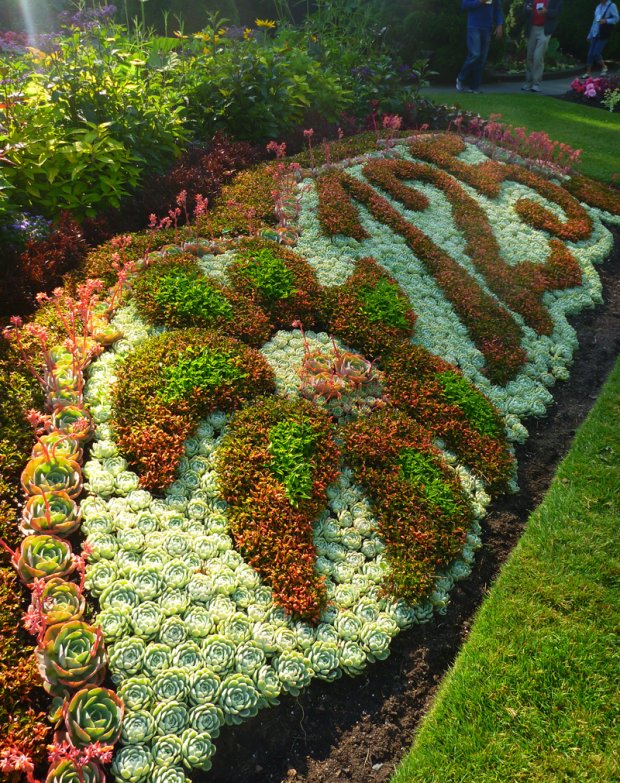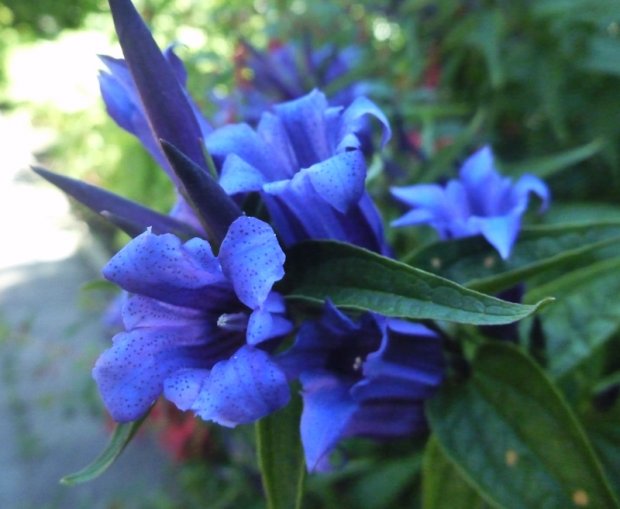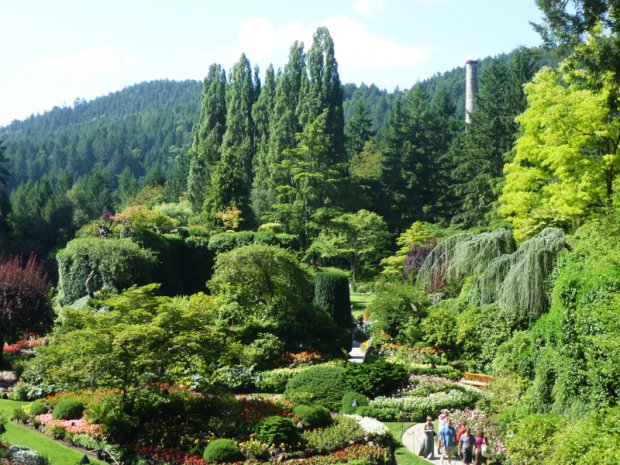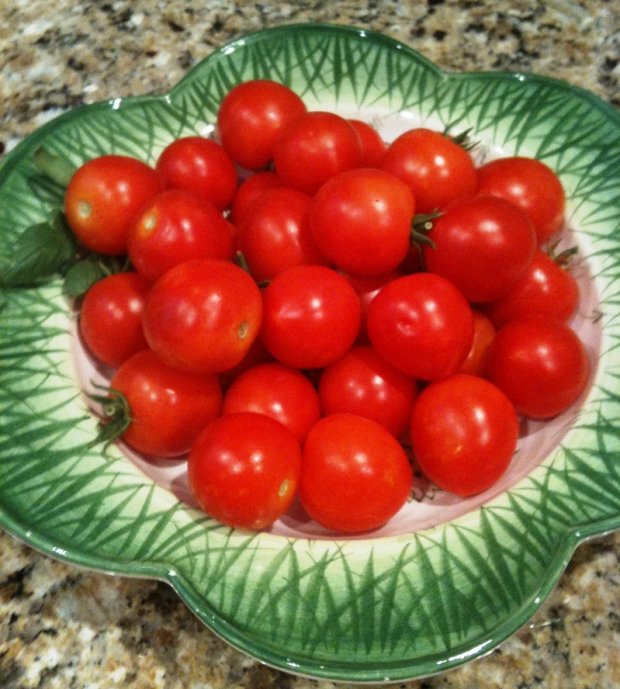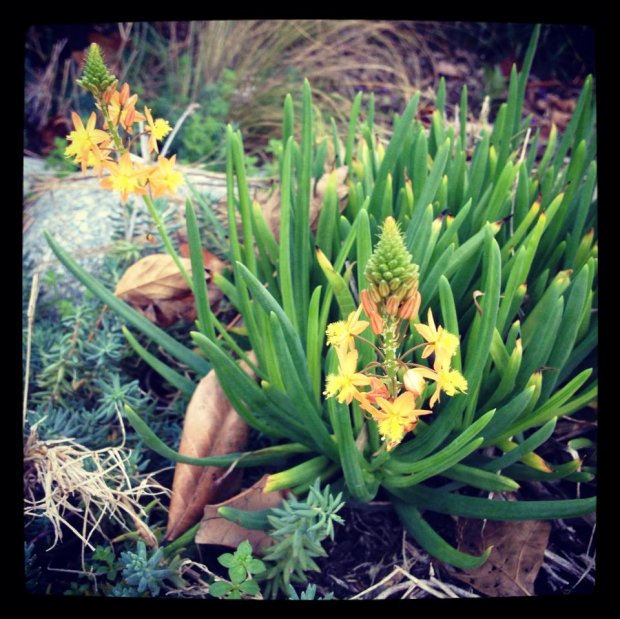The Best Time to Prune Roses
UPDATED 2024
When you live in a hot climate, proper timing for rose pruning can be a little confusing. Plants can continue growing year-round and it's not really the cold weather that's a problem for our plants - it's the heat! So just as my students often hear me say "it depends!" When to prune your roses will depend on your local gardening climate, when it gets cold and when it gets hot.
Here in North Texas, and similar climates, the prescribed spring pruning date for roses is February 14th, or Valentine's Day! The problem with sticking to that pruning date is that it's usually TOO LATE due to our climate and temperature conditions. By the middle of February many shrubs and trees have already broken dormancy or are pushing out new growth (roses don't technically go dormant here). If you wait to prune until that's already happened, then you're just cutting off all the new growth that plant spent a bunch of reserve energy on creating. That means it's going to have to spend all that energy again to push out new leaves and flowers, which may not be as bountiful, and you may delay flowering.
In fact, many of my roses already have small flower buds on them by the middle of February. If you don't want to prune those off, then you're stuck with the size and possibly old straggly growth from the previous year until its time to prune again in summer.
As with many other garden pruning and planting activities, I usually find that I need to prune my roses here several weeks early. That means mid-late January. Same goes for most groundcovers, perennials, and grasses that need to be cut back before spring.

Rose 'Abraham Darby'
PC: Leslie F. Halleck
Rose Pruning Times Depend on Your Location
The best time to prune roses is just before bud break; meaning before the new leaf buds start pushing out and growing. That will vary depending on your location.
If you live in a slightly cooler location, or further south, then you'll need to adjust your pruning times later or earlier.
Ideally, we wouldn't prune until after the last average frost date. Well, here in Dallas that isn't until late March. If you waited until then to prune your roses, you'd find that many of them might be fully leafed out and already starting to bloom! So that's not going to work. If your roses are already budding out (you'll see small leaf buds beginning to swell and turn a reddish color) , that is a signal that it's time to prune. That may happen before the typical target dates, as is happening in my garden right now. I've found that for the last three years in my current garden, if I'd waited until Valentine's Day to prune my roses most of them would have already been leafed out; so it would have been too late. I'm often pushed back to the 3rd to last week of January on my pruning, and that has been effective.
Typically you'll be pruning away 50% of growth on roses such as hybrid teas, floribundas etc. Climbing roses require more modest pruning of just the lateral shoots, and you may find that some of your more sturdy China roses may only need 20-30% pruned away before spring. Remove all old foliage that is diseased, damaged, or otherwise unattractive.
What About Pruning Roses for Fall?
If you live in a warm climate, late-winter isn't the only major pruning date you need to add to your gardening calendar. Fall in Texas and similar hot climates, specifically October, is one of the most beautiful months in the garden. Most of our garden plants, and roses, take a beating over the extreme summer months. August is the best time to go ahead and do a second significant pruning on most types of roses. While you may prune off about 50% of your roses ahead of spring, your summer pruning can be a little more modest. I usually recommend pruning off about 20-30% of the growth, depending on how stressed your plants are. Remove any damaged, diseased, or severely nutrient deficient foliage. Fertilize plants at this time when you prune them.
Doing so will provide you with a beautiful fall flush of rose blooms.
Location and Micro-Climates can Change When You Prune Your Roses
Pruning times depend on your specific location, micro-climate, exposure and types of roses (don't prune climbers until late-spring after flowering). Some types will bud out faster than others. My hybrid English roses are a bit slower than the others in my garden. Different classes of roses require different amounts of pruning. The closer you are to the original rose species, the less hard pruning you'll want to do. Whereas modern hybrids that bloom most prolifically on new growth will need heavier pruning.
There are standard "rules" to follow in gardening...but climate changes and your individual situation varies, so these "rules" aren't always black and white. The micro-climate in my back yard, which is south facing, is significantly different than my front yard, which bears the brunt of a much colder northern exposure. There is often a good 10-20 degree temperature difference between the two spots. You may find that the roses on the southern side of your home need to be pruned earlier than those on the north side. Or your home may be buffered by many surrounding homes or structures that keep your garden a few degrees warmer than the neighbor across the street with a large open property. Gardening is very local. The art of gardening is learning when to follow, bend or break conventional "rules" based on your individual situation. You must spend time in your garden to observe growth patterns of your plants year to year. You can't just follow rules from a book, or any one person. Good guidelines are what folks like me can give you. But you have to put in the time in your particular garden to learn its nuances and unique characteristics.
If you're worried about pruning you roses too early: If plants are not showing any new axillary bud shoot development (those little tiny buds between the stem and the leaf) then don't prune them yet. Pruning before bud break, which is too early, will push your plant into early budding making the new growth susceptible to cold snaps. But, if your roses are already budding out, you can't stop them. You may just have to cover plants if we get another hard freeze. If cold temperatures return and the bud development stalls, then wait to prune. But if plants keep pushing out bud growth, then you may need to go ahead and start pruning. If you wait to start pruning until after they leaf out, you risk losing the opportunity to clean/shape them properly, encourage the most possible blooms and potentially damage new growth.
Rose pruning is always a bit of tricky business. So I'm not telling you when exactly you should prune yours. Watch your plants and monitor the weather. Gardening is a verb folks!
A Note About Rose Rosette Disease
UPDATE: Over the last decade, Rose Rosette disease has ravaged and killed most of the roses in the DFW area. And many other regions where the disease has spread like wildfire. I actually lost most of my rose plants, and have waited for several years after the last die offs in my area to plant any new roses. I was left with about 3 rose plants total that were not infected. As of 2024 I've only just now added a few new roses to my garden. We'll see how it goes!
D Magazine: https://www.dmagazine.com/publ...
Greenhouse Management: https://www.greenhousemag.com/...
Plantgeek Chic Blog: https://lesliehalleck.com/blog...


